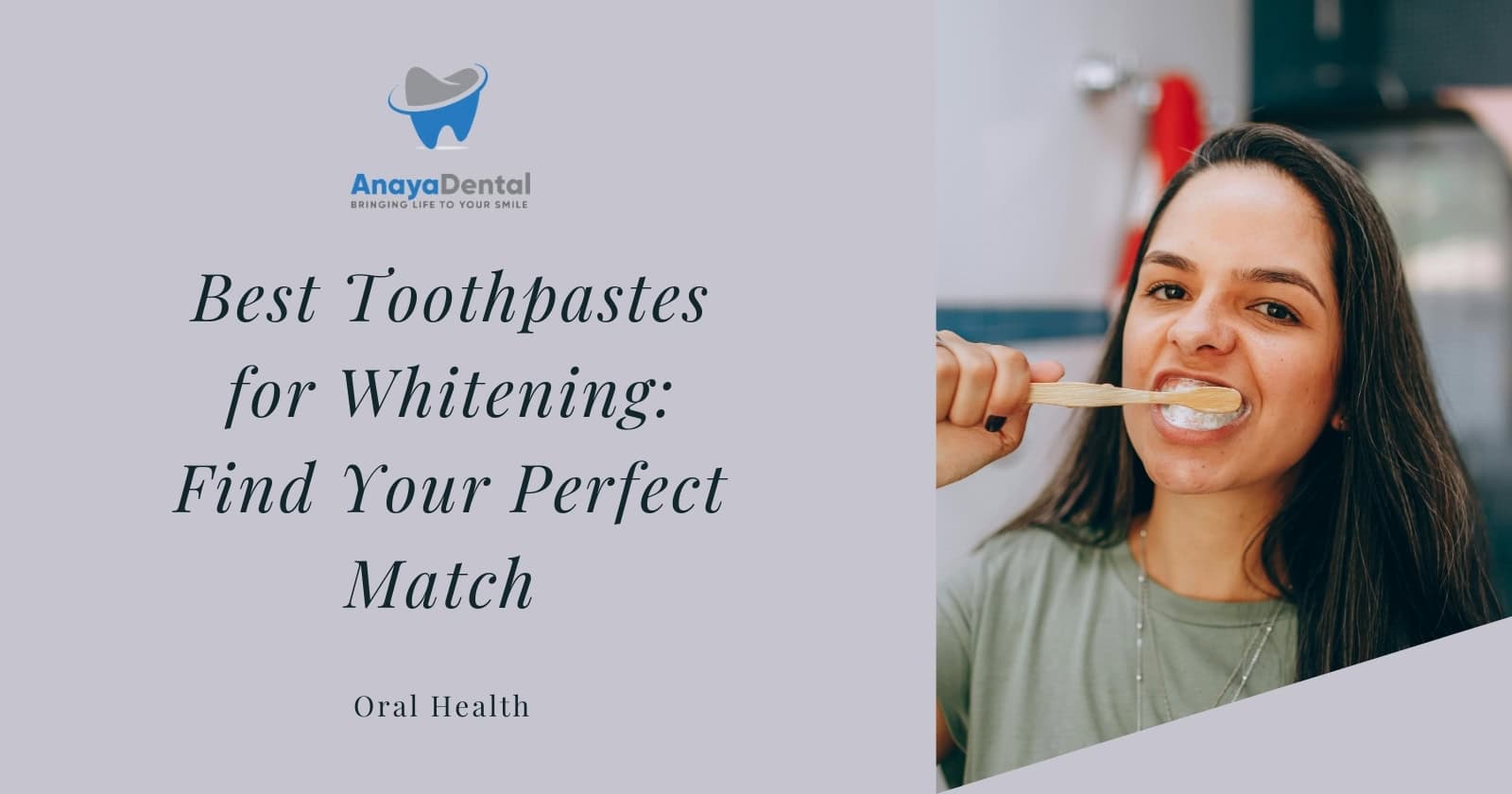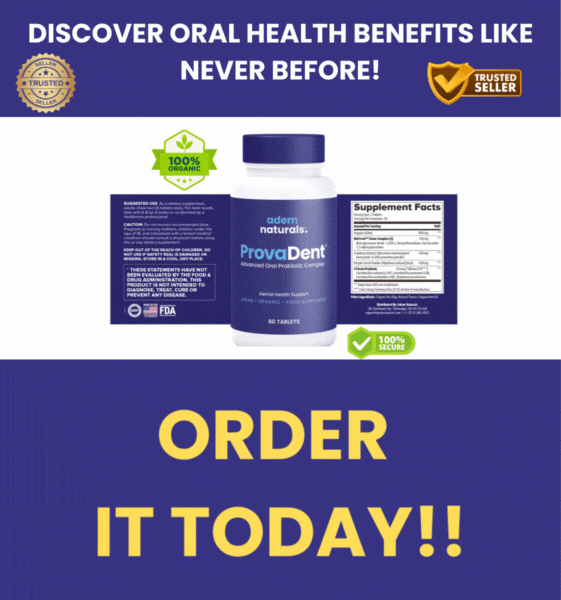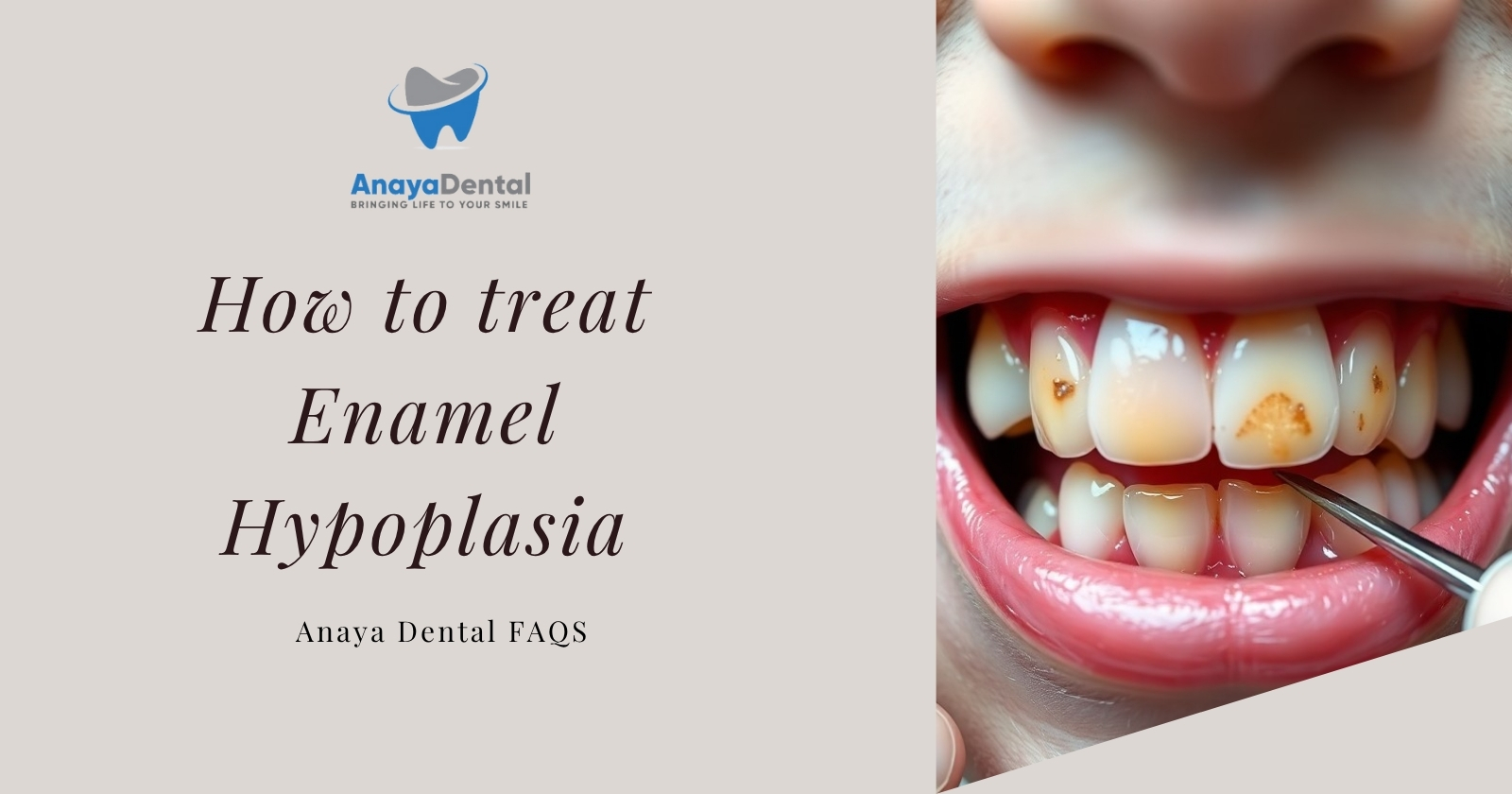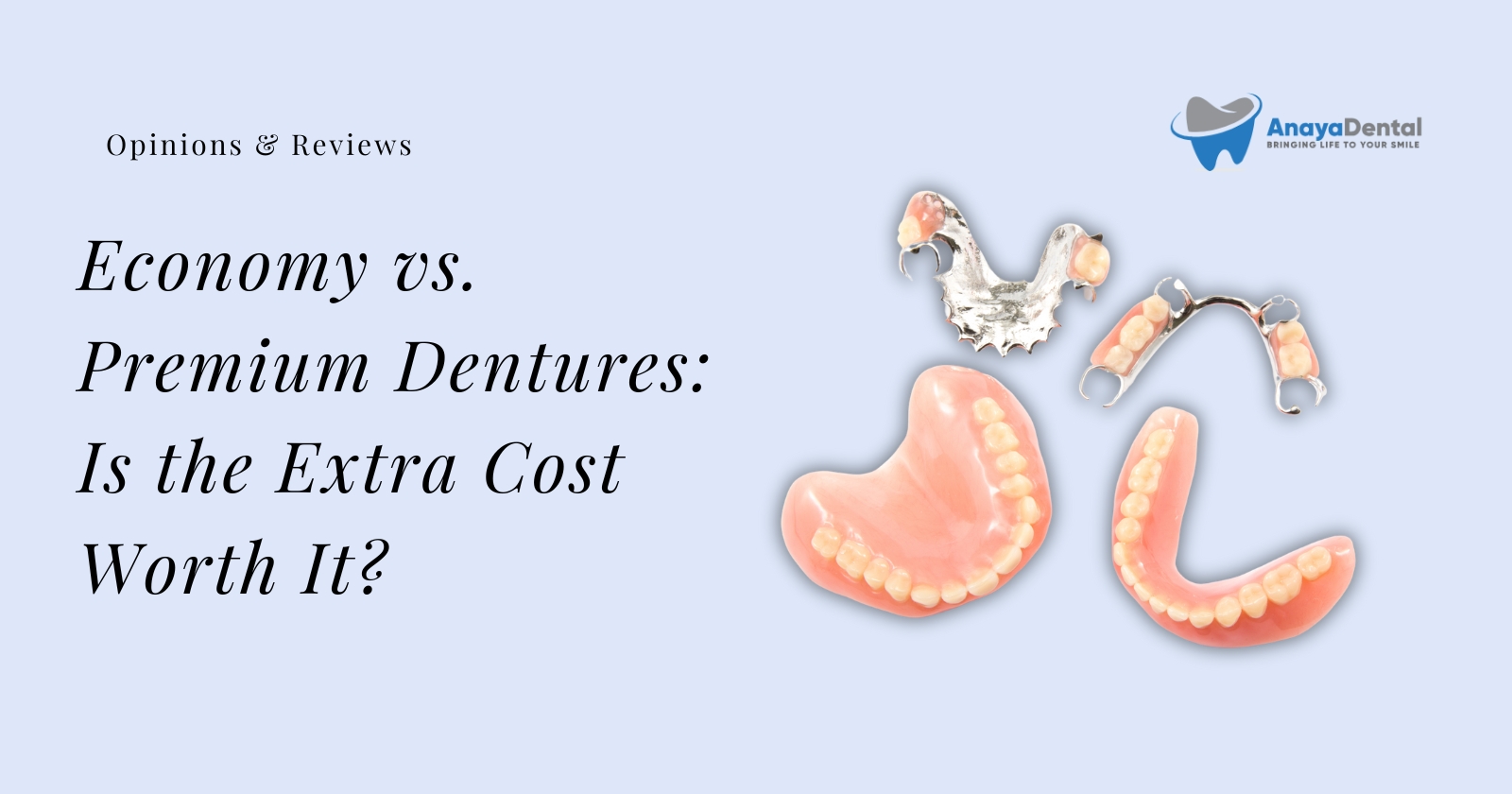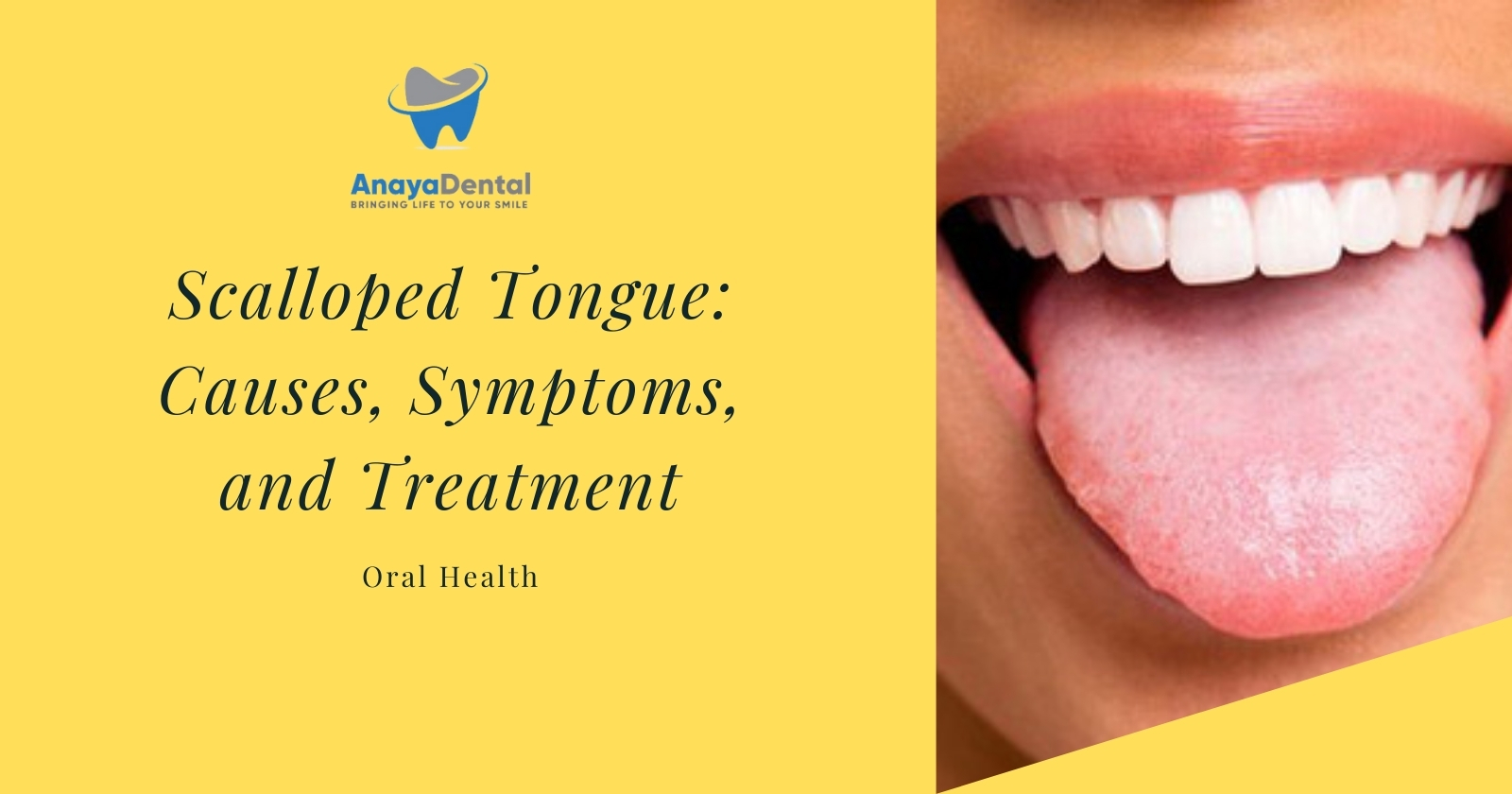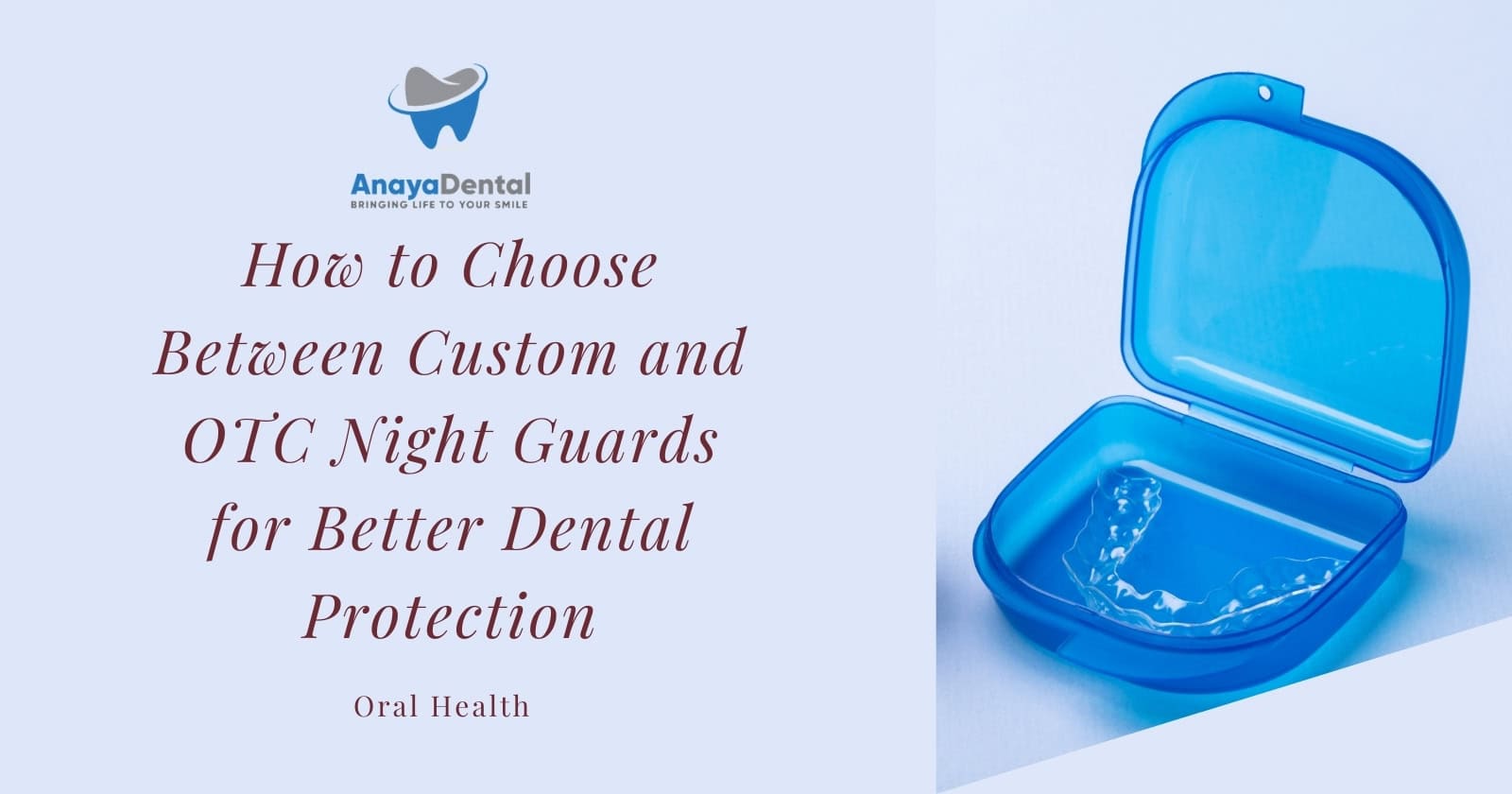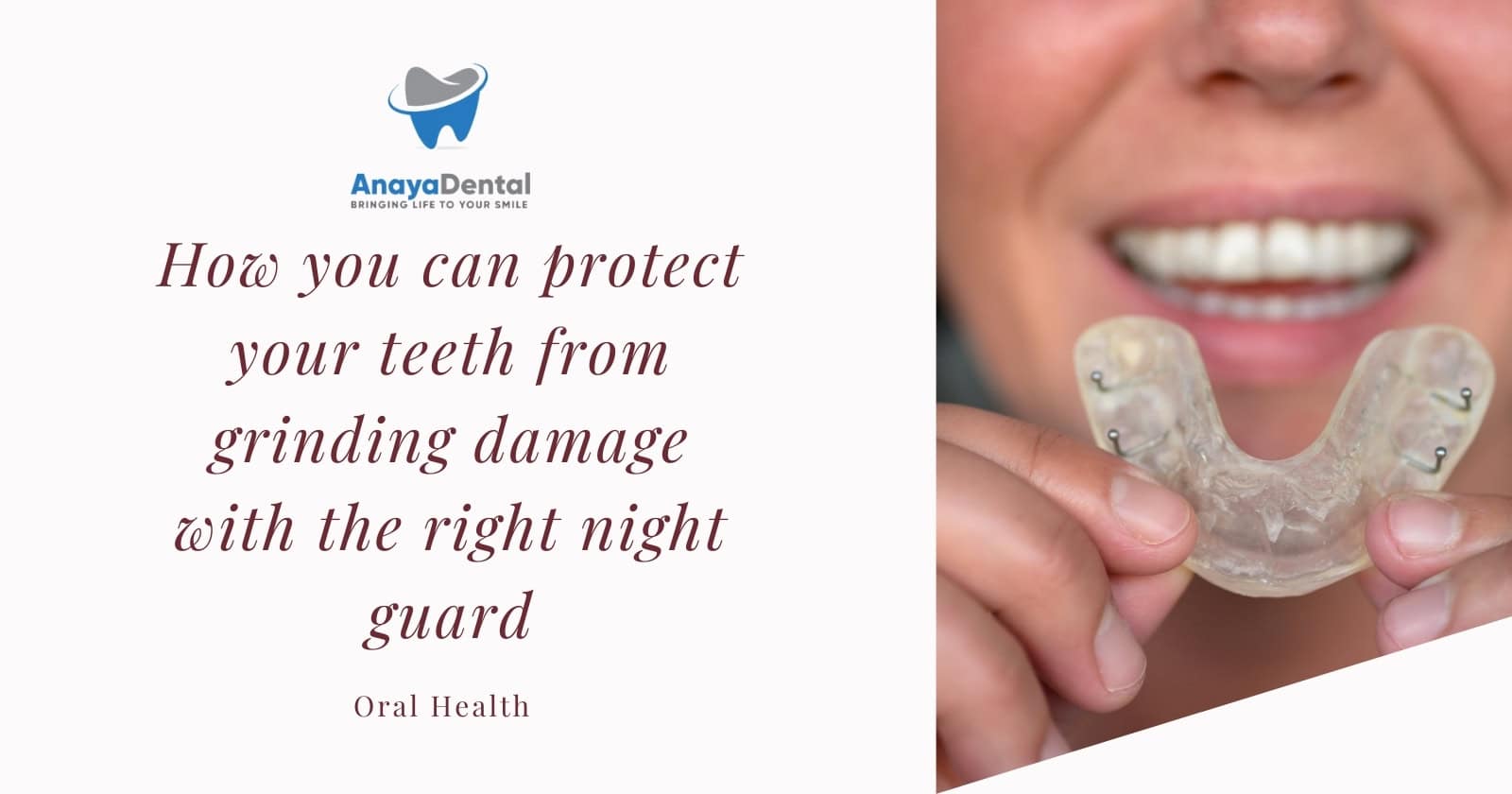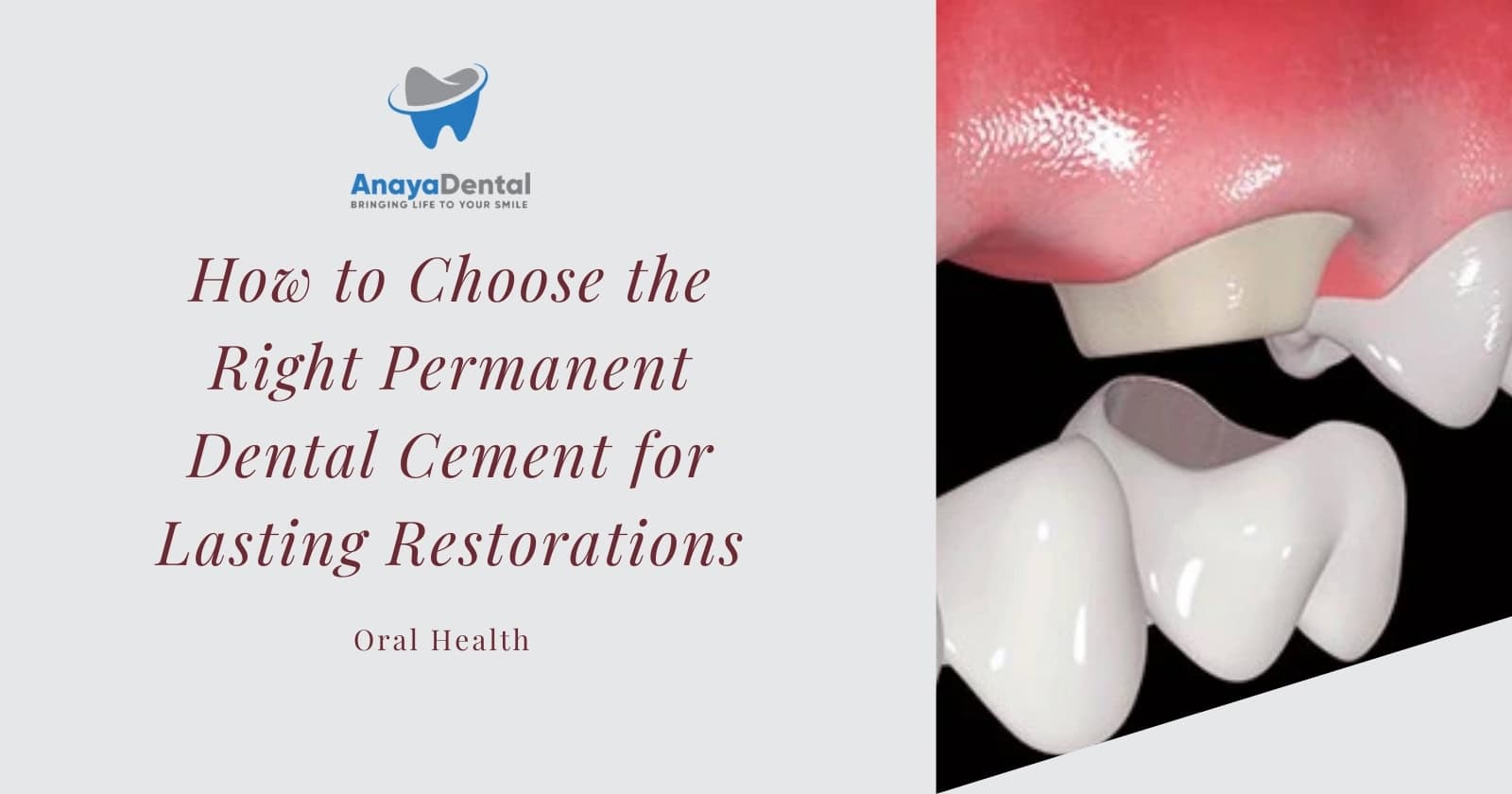Are you dreaming of a brighter smile without the hefty price tag of professional treatments? Finding the right whitening toothpaste can transform your daily brushing routine into an effective brightening treatment. This guide explores the science behind tooth discoloration and helps you navigate the overwhelming options to find your ideal match.
Why Your Teeth Lose Their Sparkle
Your teeth naturally accumulate stains through two distinct processes that require different approaches to address:
- Surface (extrinsic) stains develop when chromogenic particles from coffee, red wine, berries, and tobacco adhere to the protein film covering your enamel. These particles gradually embed into microscopic cracks and ridges on your tooth surface.
- Deep (intrinsic) stains form within the tooth structure itself when chromogenic compounds penetrate beyond the enamel into the dentin layer. These stains often result from aging, certain medications, excessive fluoride exposure during childhood, or genetic factors.
Whitening toothpastes combat discoloration through two primary mechanisms. Mechanical whitening uses mild abrasives like hydrated silica to physically polish away surface stains without damaging enamel. Chemical whitening employs active ingredients like hydrogen peroxide that penetrate enamel to break down color compounds into smaller, less visible molecules.
Try Our Dental Calculators
Research from dental professionals indicates that combining both approaches yields optimal results, with different formulations emphasizing one method based on your specific needs.
Top-Performing Whitening Toothpastes for 2025
Best Overall: Crest 3D White Brilliance

This consistently top-ranked formulation stands out by striking an ideal balance between effectiveness and gentleness. The dual-action formula combines:
- Hydrogen peroxide for chemical stain dissolution that reaches below the surface
- Fluoride to strengthen enamel while the peroxide works
- Carefully calibrated abrasives that remove surface stains without excessive wear
What makes this toothpaste exceptional is its ability to deliver noticeable whitening within 1-2 weeks while minimizing the sensitivity issues that plague many whitening products. The enamel-safe formula makes it suitable for daily use without compromising tooth structure.
Price range: $7-$12
Most Powerful: Colgate Optic White Pro Series
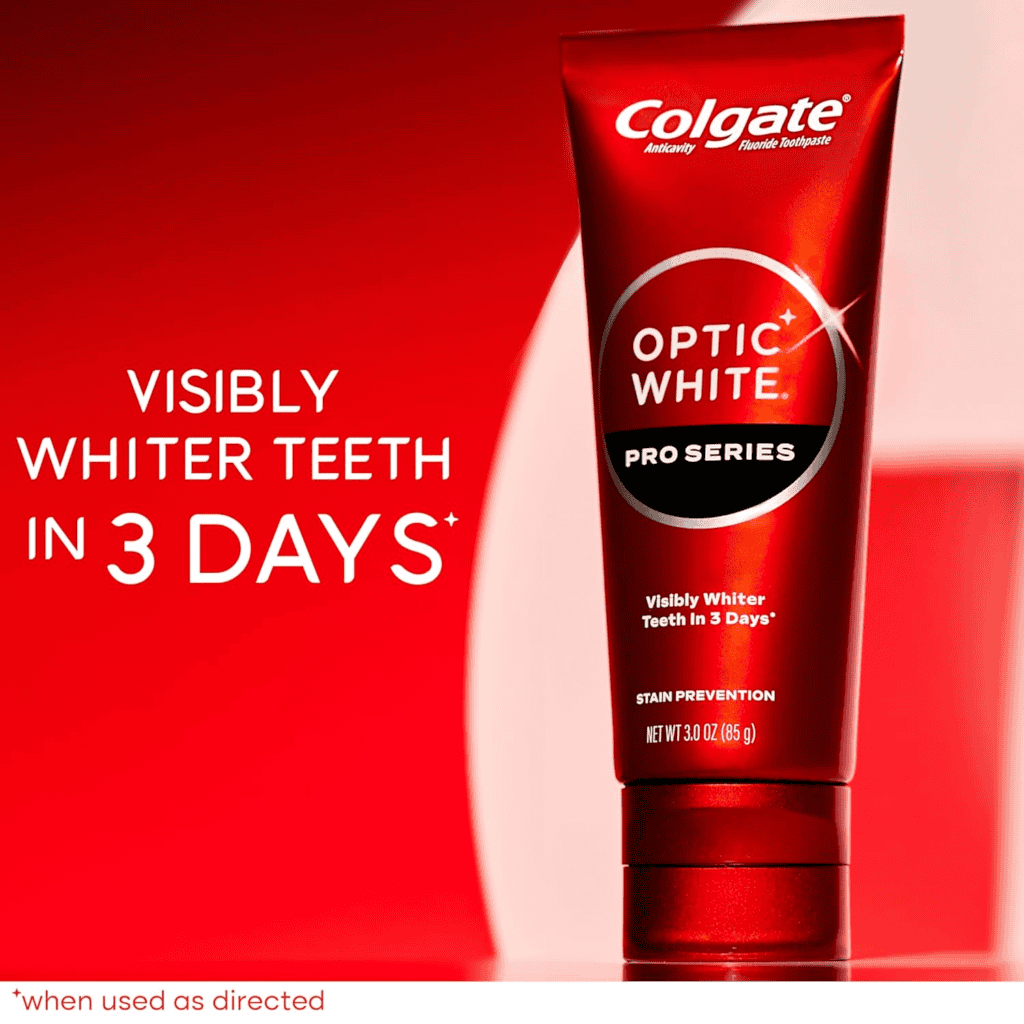
When speed matters, this professional-grade formula delivers with its higher concentration of hydrogen peroxide (5%). This potent formulation:
- Penetrates enamel to target both surface stains and deeper discoloration
- Creates visible brightening in as little as 3-5 days of consistent use
- Works comprehensively throughout the entire tooth structure
- Contains enamel-strengthening ingredients to counterbalance the stronger whitening agents
This option is ideal if you need rapid results for an upcoming event, though some users report increased sensitivity with continued use.
Price range: $7-$9
Solutions for Sensitive Teeth
Tooth sensitivity occurs when whitening ingredients temporarily expose dentin tubules or irritate nerve endings. Approximately half of all people experience some degree of sensitivity with whitening products, which can range from mild tingling to sharp, shooting pain.
Sensodyne Pronamel Gentle Whitening
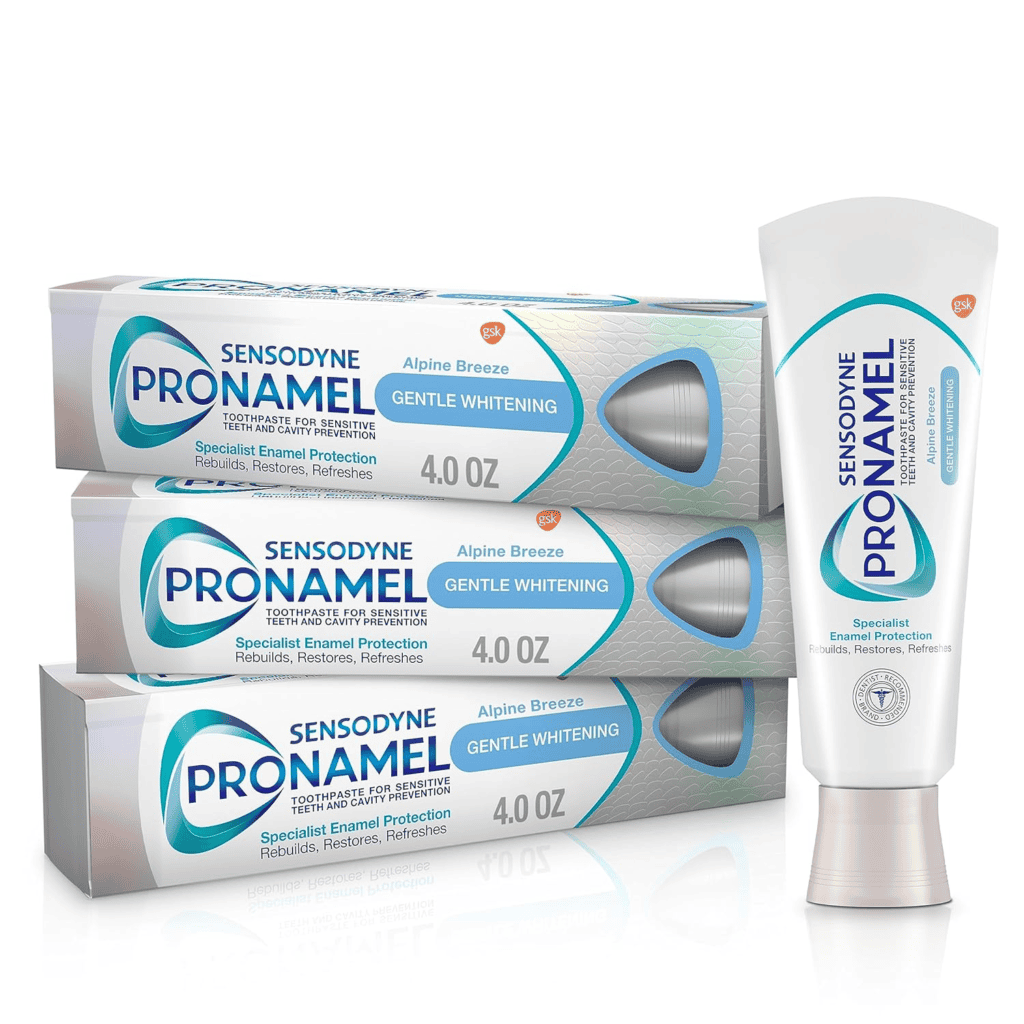
Endorsed by multiple dental specialists including Dr. Carla Tornatore and Dr. Fatima Khan, this formula combines whitening capability with active sensitivity management:
- Potassium nitrate actively blocks pain signals from traveling from tooth surface to nerve
- Low-abrasion formula removes stains more gradually to minimize enamel disruption
- Absence of sodium lauryl sulfate (SLS) prevents the irritation and microscopic mucosal damage that can worsen sensitivity
- Specialized polymer system helps create a protective layer over sensitive areas
The trade-off for this gentleness is a more gradual whitening timeline, typically requiring 2-4 weeks of consistent use before significant brightening becomes apparent.
Price range: $6-$8
Boka Ela Mint n-Ha
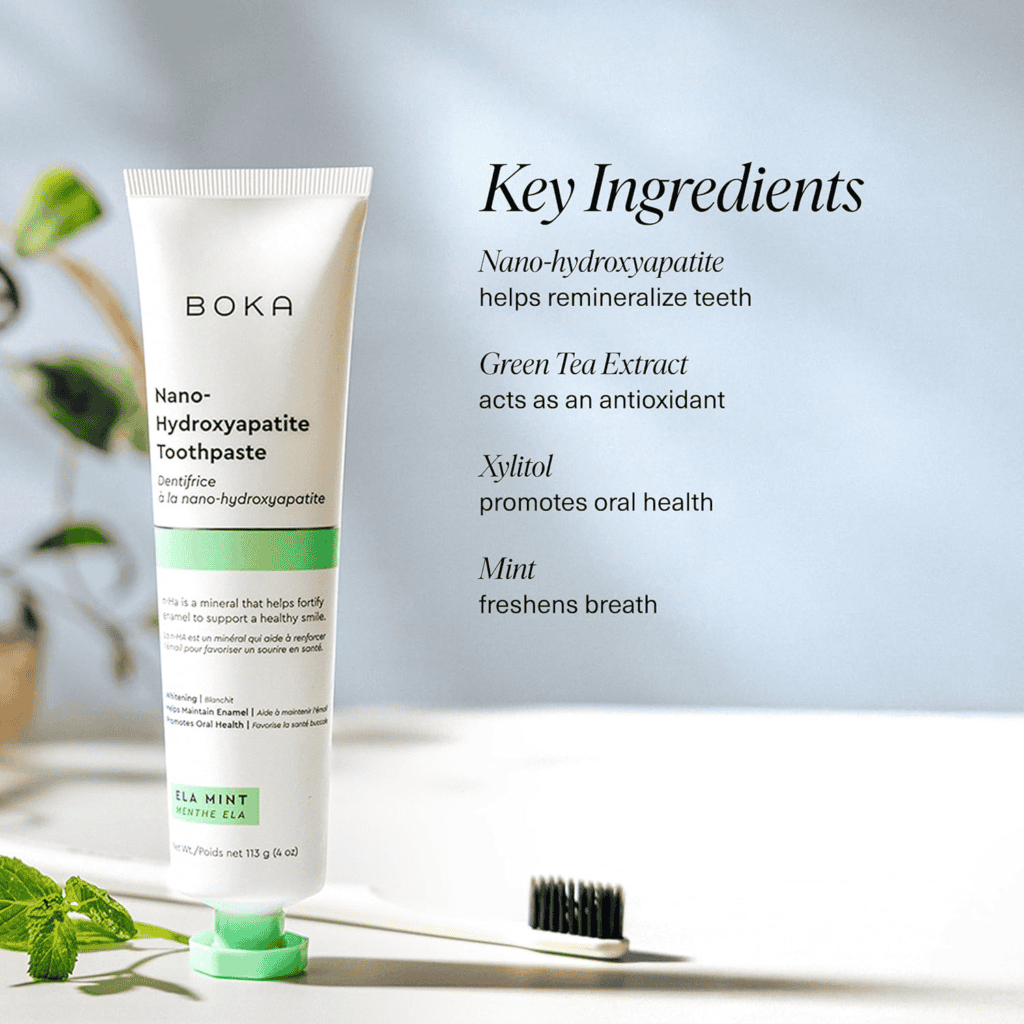
This innovative formula represents the cutting edge of biomimetic dentistry, using nano-hydroxyapatite (n-HA) particles that mirror your tooth’s natural mineral composition. This approach:
- Fills microscopic surface imperfections where stains accumulate
- Remineralizes weakened enamel to improve natural translucency and brightness
- Creates a smooth surface that prevents new stain adherence
- Provides a fluoride-free alternative for those with preferences or sensitivities
The nano-sized particles penetrate more effectively than traditional remineralizing agents, creating a natural whitening effect by improving overall tooth structure rather than bleaching.
Price range: $10-$13
Natural Whitening Options
For those concerned about chemical exposure or environmental impact, several science-backed natural alternatives have emerged that balance effectiveness with gentleness.
Lumineux Oral Essentials Whitening Toothpaste
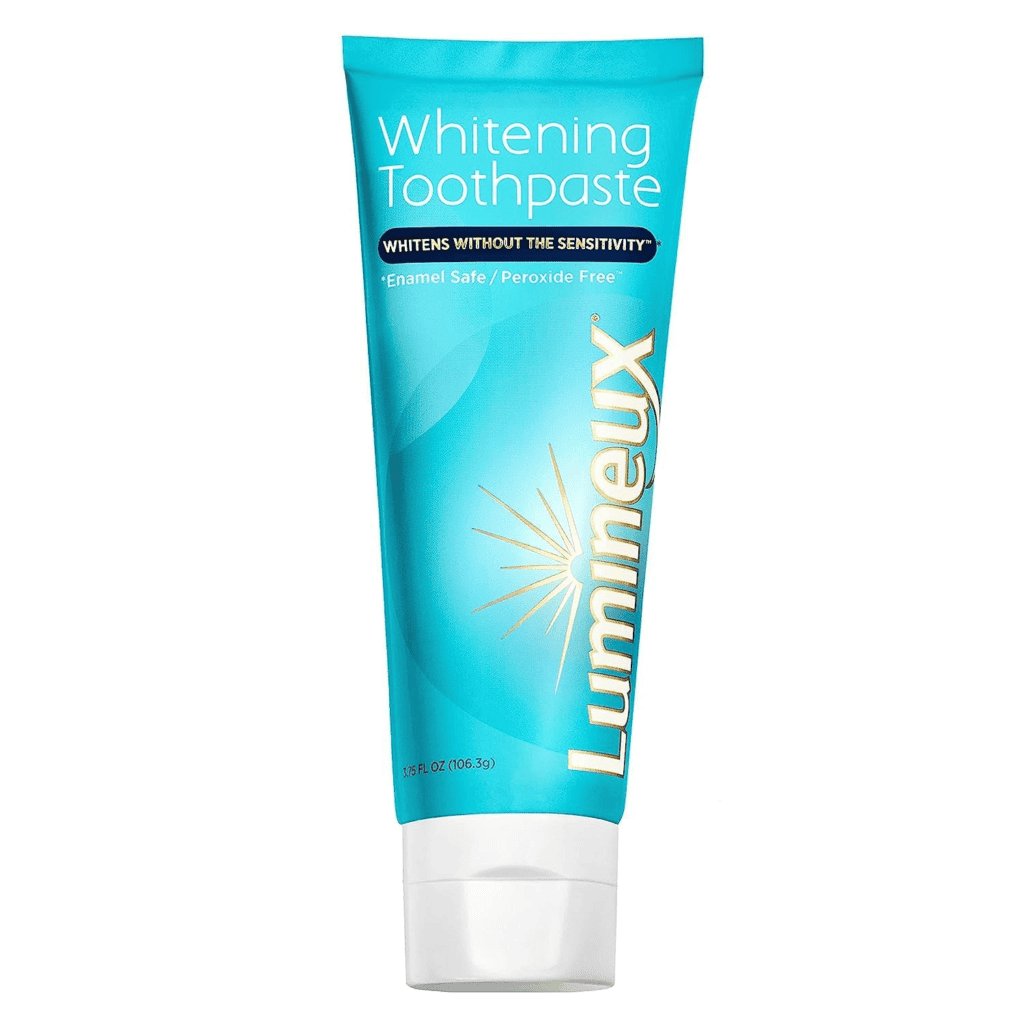
This certified non-toxic formulation demonstrates that natural ingredients can deliver measurable whitening results without harsh chemicals:
- Dead Sea salt minerals provide gentle abrasion and mineral replenishment
- Coconut oil incorporates natural antimicrobial properties while helping to dissolve oil-based stains
- Essential oils including peppermint and basil offer freshening benefits without artificial flavors
- Aloe vera soothes gum tissue that might become irritated during whitening
Clinical testing shows this formula whitens teeth without disrupting the delicate oral microbiome that contributes to overall dental health.
Price range: $7
Dr. Sheffield’s Certified Natural Toothpaste
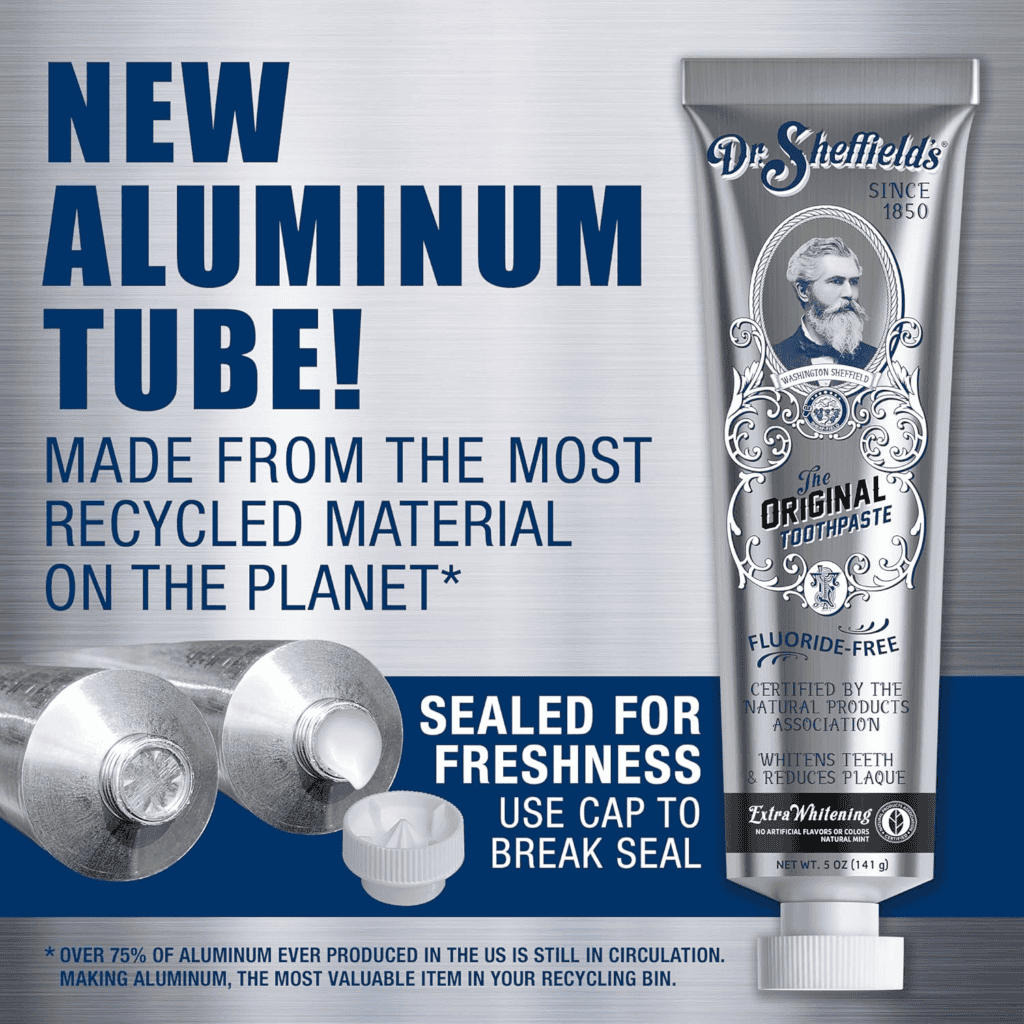
Standing out in comprehensive evaluations of natural whitening options, this heritage-inspired formula combines time-tested natural ingredients with modern formulation techniques:
- Plant-derived gentle abrasives create mechanical whitening without enamel damage
- Natural flavor oils provide a pleasant brushing experience without artificial additives
- Free from SLS, peroxides, parabens, and artificial preservatives that can cause irritation
- Sustainable packaging reduces environmental impact
Comparing Whitening Methods: Setting Realistic Expectations
Understanding how toothpastes compare to other whitening methods helps set appropriate expectations for results:
| Method | How It Works | Results | Timeline | Best For |
|---|---|---|---|---|
| Whitening Toothpaste | Abrasives and/or mild peroxide for surface stain removal | 1-2 shades lighter | 1-4 weeks | Maintenance, mild staining |
| Whitening Strips | Higher-concentration peroxide adhered directly to teeth | 2-4 shades lighter | 7-14 days | Moderate staining, special events |
| Professional Treatment | High-concentration peroxide with accelerating light/heat | 5-8 shades lighter | 1-3 sessions | Severe staining, rapid results |
A comprehensive 2019 clinical study published in the Journal of Applied Oral Science concluded that peroxide-containing toothpastes produced significantly better whitening than non-peroxide formulations, though results remained more modest than professional treatments.
Making Your Selection: Key Considerations
When navigating the whitening toothpaste aisle, consider these crucial factors to find your ideal match:
1. Sensitivity Profile
If you experience discomfort with hot, cold, sweet, or acidic foods, prioritize products specifically designed for sensitivity. These formulations contain ingredients like potassium nitrate or strontium chloride (specialized compounds that block pain signals) that shield nerve endings while still providing whitening benefits.
2. Enamel Condition
The health of your enamel should guide abrasiveness tolerance. A pivotal 2016 study in the Journal of Dentistry revealed that the physical properties of cleaning particles—not just concentration—determine potential enamel wear. If you have thin enamel from acidic diets, aggressive brushing, or age, choose products with lower relative dentin abrasivity (RDA) values and added remineralizing ingredients.
3. Existing Dental Work
Be aware that whitening toothpastes primarily affect natural tooth structure. Porcelain veneers, crowns, and composite fillings won’t respond to whitening agents, potentially creating color mismatches with surrounding natural teeth as they brighten.
4. Speed Requirements
Consider your timeline needs realistically:
- Need results this week? Opt for Colgate Optic White Pro Series
- Planning for an event next month? Crest 3D White Brilliance offers a balanced approach
- Focused on long-term improvement? Gentler options like Sensodyne or natural formulations provide gradual enhancement with minimal risk
Cost Considerations and Payment Options
Understanding the financial aspects of tooth whitening helps you make budget-conscious decisions while achieving your desired results.
Insurance Coverage for Whitening Products
Most dental insurance plans classify tooth whitening as a cosmetic procedure and typically don’t cover whitening products. However, there are exceptions:
- Flex Spending Accounts (FSAs) and Health Savings Accounts (HSAs) often allow purchases of whitening toothpastes and over-the-counter products
- Some dental discount plans offer 15-20% reduced rates on whitening products through participating providers
- Prescription-strength whitening toothpastes may occasionally receive partial coverage when medically necessary (such as for tetracycline staining)
Cost Comparison of Whitening Methods
| Whitening Method | Initial Investment | Maintenance Cost | Cost-Effectiveness | Best For Budget |
|---|---|---|---|---|
| Standard Whitening Toothpaste | $4-$7 | $48-$84/year | Moderate | Daily maintenance |
| Premium Whitening Toothpaste | $7-$13 | $84-$156/year | Good for mild stains | Preventative care |
| Whitening Strips | $25-$50/kit | $75-$150/year | Very good for moderate stains | Occasional brightening |
| Professional Take-Home Trays | $250-$500 | $100-$200/year | Excellent for significant staining | Long-term investment |
| In-Office Whitening | $500-$1,000+ | Varies | Best for severe discoloration | One-time dramatic results |
Advantages of whitening toothpastes:
- Most affordable initial investment
- No additional application time beyond normal brushing
- Gradual results minimize sensitivity issues
- Widely available without prescription
Disadvantages of whitening toothpastes:
- Requires consistent, long-term use for noticeable results
- Limited effectiveness on intrinsic stains
- Results plateau after reaching a certain level of whiteness
- May require supplementary whitening methods for significant improvement
Cost-Saving Strategies
To maximize value while achieving your whitening goals:
- Combine approaches strategically – Use whitening toothpaste daily for maintenance, then add strips or professional treatments for periodic enhancement
- Watch for sales cycles – Most major brands offer significant discounts (30-40% off) several times annually
- Consider subscription services – Many direct-to-consumer brands offer 15-25% discounts for regular delivery subscriptions
- Ask your dentist about samples – Dental offices often provide professional-grade whitening toothpaste samples to establish effectiveness before investing
Quick Review
- Best overall: Crest 3D White Brilliance balances effectiveness and gentleness with dual-action whitening
- Fastest results: Colgate Optic White Pro Series delivers visible improvement in 3-5 days with 5% hydrogen peroxide
- For sensitive teeth: Sensodyne Pronamel Gentle Whitening blocks pain signals while whitening gradually
- Remineralizing option: Boka Ela Mint n-Ha repairs enamel structure with biomimetic nano-hydroxyapatite
- Natural choice: Lumineux Oral Essentials offers certified non-toxic whitening with Dead Sea minerals
- Most affordable: Standard whitening toothpastes provide the best value for daily maintenance at $4-$7
- Insurance tip: Use FSA/HSA accounts to cover whitening products when traditional insurance won’t
- Most important consideration: Select based on your specific oral health needs, sensitivity level, and desired timeline
- Reality check: Toothpastes excel at maintenance and mild whitening; dramatic transformations require professional intervention
Remember that consistency ultimately determines success with any whitening regimen. The most effective toothpaste is one you’ll use twice daily as part of a comprehensive oral care routine that includes proper brushing technique, regular flossing, and professional dental cleanings.
